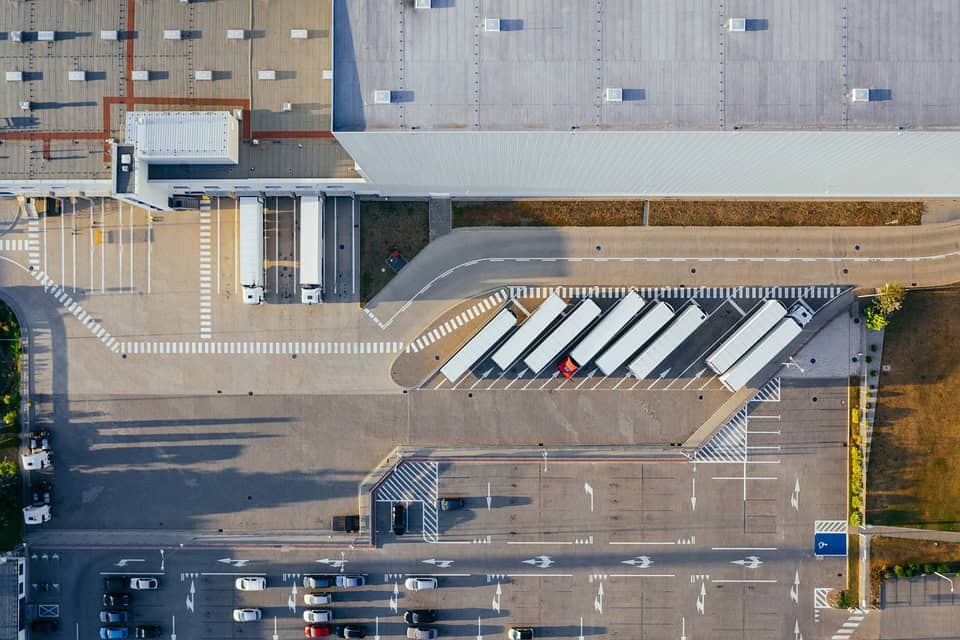Reports of the building of vast warehouses across Route 1 and elsewhere north of the state in Warren County have been filtering into the news and public consciousness.
But with global warming, powerful storms and tornadoes, with the dying off of species of plants, animals, and insects, the warehouse issue seems less urgent, or not the life-and death ones that are the other threats we face.
And yet a video that the local Sierra Club presented revealed some serious, long-term issues that the expanding numbers of warehouses do confront us with. One is simply the number of farms or undeveloped lands that are being transformed into warehouses. That is clearly a loss of lands many people enjoyed and sustained nature as we have known it. But how do we weigh that against the needs of businesses and the access to goods?
Well in fact the loss of our natural habitats leads to a number of other problems. Included among them are the destruction of the vegetation that cleans our air and feeds many creatures, while also providing us with beautiful, healthful landscapes that residents and visitors have long enjoyed.
More problematic, however, may be water and air issues. Warehouses will reduce the land’s ability to absorb rainwater and to provide the small, natural waterways that can channel that rainwater. In addition, the warehouses will inevitably contribute to the pollution, from run-off from the structures and from what is being stored, and from the truck traffic. That truck traffic can change the nature of local roads as it increases, it can increase the noise levels, and will add to the air and ground pollution.
Formerly given the name the Garden State, its proximity to New York City, Philadelphia, and their suburbs has made New Jersey a well-situated location for the distribution of the many goods and fuels needed by those populations. And as those populations and their consumption have grown, so has the benefit to businesses of this central location. But balancing those benefits with the costs to our environments should be seen as necessary, as we watch those environments be degraded and changed.
What then should we do? We need to become involved in the future of our towns, counties, and landscapes. We need to reach out to local authorities and governments and initiate discussions around plans that have been proposed, or are underway. And these investigations should start as early as awareness allows, if they are not proven to be too late.
Government procedures can be inflexible, slow moving, and not infrequently engaged by business interests. Residents hoping to preserve lands and nature need to become active as early and seriously as possible.

